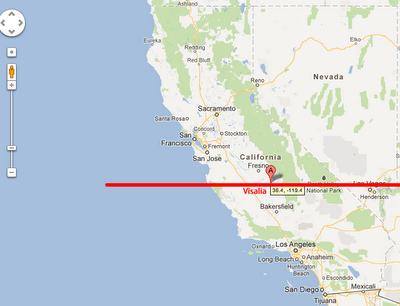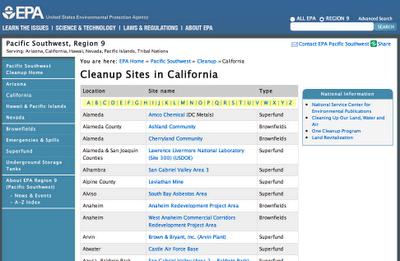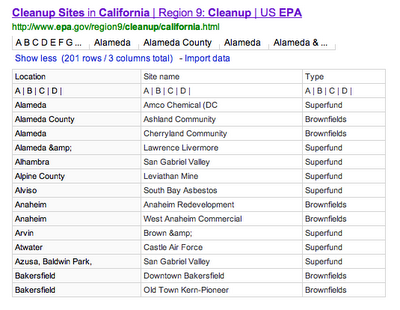As you know our Power Searching With Google course is going on right now. This is day 5 of the class--the 3rd class (the others were Monday and Wednesday).
A feature of this kind of class--a MOOC--is that we can easily add in all kinds of extra "bonus" material by just adding a link to the Announcements page. That's great, but what's even better is that we can also hold a kind of on-air office hour.
This edition of the PSWG class has over 105K students signed up, so regular office hours ("just drop by my office between 10 and 11AM today!") just won't work.
Instead, we set up a Google Moderator page so people could submit their questions and then have them voted up or down by other members of the class. It's really hard to game the system (each login only gets one up/down vote per question), so it really does collect the "questions of the crowd"--a kind of interrogatory sense of what the class most wants to know about.
We then did a "Hangout On Air (HOA)," which is like a regular Google Hangout, except that the entire event is recorded and available for other students who couldn't watch the video in real-time. (You can watch the video below. Also, for a good set of tips on how to host a HOA, see Mashable's tips for hosting.)
I wanted to tell you this both so you'll know about the videos we're making to answer student questions, but also to let you know that in NEXT week's videos we'll be having special guest appearances. I can't tell you who they are just yet (I want it to be a surprise), but I think you'll enjoy watching the next two videos to hear from our special guests and to learn what they have to say about learning more effective ways to search.
I've included yesterdays' Hangout On Air video below.
If you watch it, could you leave a comment below? I'm curious how this video reads for someone who's not taking the class. Is it worth your time? Or is it just kind of superfluous if you're not actually IN the class. Should we do more open-ended hangouts like this--maybe drawing questions from the readers of this blog?
Here's your chance to shape the course of future videos! Thanks.
(Note: You'll want to skip in to 4:48 in the video as this version has around 5 minutes of "on hold" music. I'm trying to edit this part out, but it's taking longer than it should.)
A feature of this kind of class--a MOOC--is that we can easily add in all kinds of extra "bonus" material by just adding a link to the Announcements page. That's great, but what's even better is that we can also hold a kind of on-air office hour.
This edition of the PSWG class has over 105K students signed up, so regular office hours ("just drop by my office between 10 and 11AM today!") just won't work.
Instead, we set up a Google Moderator page so people could submit their questions and then have them voted up or down by other members of the class. It's really hard to game the system (each login only gets one up/down vote per question), so it really does collect the "questions of the crowd"--a kind of interrogatory sense of what the class most wants to know about.
We then did a "Hangout On Air (HOA)," which is like a regular Google Hangout, except that the entire event is recorded and available for other students who couldn't watch the video in real-time. (You can watch the video below. Also, for a good set of tips on how to host a HOA, see Mashable's tips for hosting.)
I wanted to tell you this both so you'll know about the videos we're making to answer student questions, but also to let you know that in NEXT week's videos we'll be having special guest appearances. I can't tell you who they are just yet (I want it to be a surprise), but I think you'll enjoy watching the next two videos to hear from our special guests and to learn what they have to say about learning more effective ways to search.
I've included yesterdays' Hangout On Air video below.
If you watch it, could you leave a comment below? I'm curious how this video reads for someone who's not taking the class. Is it worth your time? Or is it just kind of superfluous if you're not actually IN the class. Should we do more open-ended hangouts like this--maybe drawing questions from the readers of this blog?
Here's your chance to shape the course of future videos! Thanks.
(Note: You'll want to skip in to 4:48 in the video as this version has around 5 minutes of "on hold" music. I'm trying to edit this part out, but it's taking longer than it should.)





















